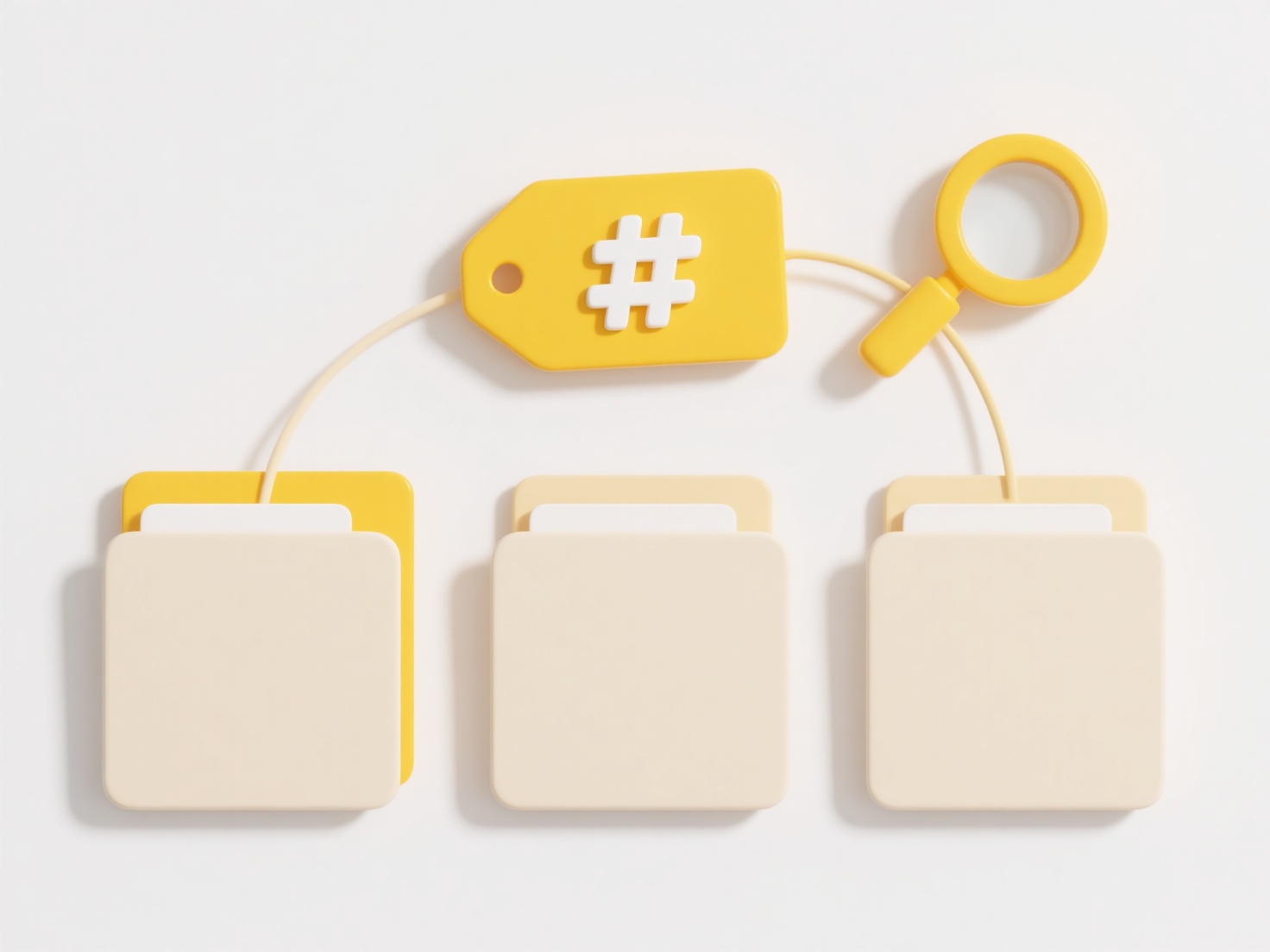
Cloud backup and cloud sync are distinct approaches to data management. Cloud backup creates intentional copies of files for recovery purposes, often storing multiple versions over time. Sync focuses on file availability by mirroring the same files across multiple devices instantly; a change on one device updates files on others. Backup prioritizes historical data protection and recovery, while sync prioritizes current file access and consistency across locations.
Backup solutions like Backblaze or Carbonite are used to recover data after incidents like ransomware attacks or hardware failure, safeguarding documents, photos, and system files permanently stored in the cloud. Sync services such as iCloud Drive, Google Drive, or OneDrive are typically employed by teams to collaboratively edit shared documents in real-time or ensure a designer can access the latest project file from any device. Backup runs on schedules or manually; sync is continuous and automatic.

Cloud backup provides robust recovery options with version histories, protecting against significant data loss but often requiring more storage and slower restore times. Sync offers immediate access to the latest files everywhere but can propagate accidental deletions or corruption instantly across devices and isn't designed for long-term historical retention. Misunderstanding the difference can lead to data loss – relying solely on sync for backup lacks recovery guarantees, while using backup for active collaboration lacks real-time syncing. Future trends involve blending both approaches for unified data management.
What’s the difference between cloud backup and sync?
Cloud backup and cloud sync are distinct approaches to data management. Cloud backup creates intentional copies of files for recovery purposes, often storing multiple versions over time. Sync focuses on file availability by mirroring the same files across multiple devices instantly; a change on one device updates files on others. Backup prioritizes historical data protection and recovery, while sync prioritizes current file access and consistency across locations.
Backup solutions like Backblaze or Carbonite are used to recover data after incidents like ransomware attacks or hardware failure, safeguarding documents, photos, and system files permanently stored in the cloud. Sync services such as iCloud Drive, Google Drive, or OneDrive are typically employed by teams to collaboratively edit shared documents in real-time or ensure a designer can access the latest project file from any device. Backup runs on schedules or manually; sync is continuous and automatic.

Cloud backup provides robust recovery options with version histories, protecting against significant data loss but often requiring more storage and slower restore times. Sync offers immediate access to the latest files everywhere but can propagate accidental deletions or corruption instantly across devices and isn't designed for long-term historical retention. Misunderstanding the difference can lead to data loss – relying solely on sync for backup lacks recovery guarantees, while using backup for active collaboration lacks real-time syncing. Future trends involve blending both approaches for unified data management.
Related Recommendations
Quick Article Links
Can I work offline and sync changes later?
Offline work allows using certain software or applications without an active internet connection. Any changes made while...
How do I organize folders for cross-functional teams?
Organizing folders for cross-functional teams involves creating a shared structure that prioritizes project access, clar...
What’s the safest way to share documents with clients?
Secure document sharing involves transferring files with protections against unauthorized access or leaks. It differs fr...